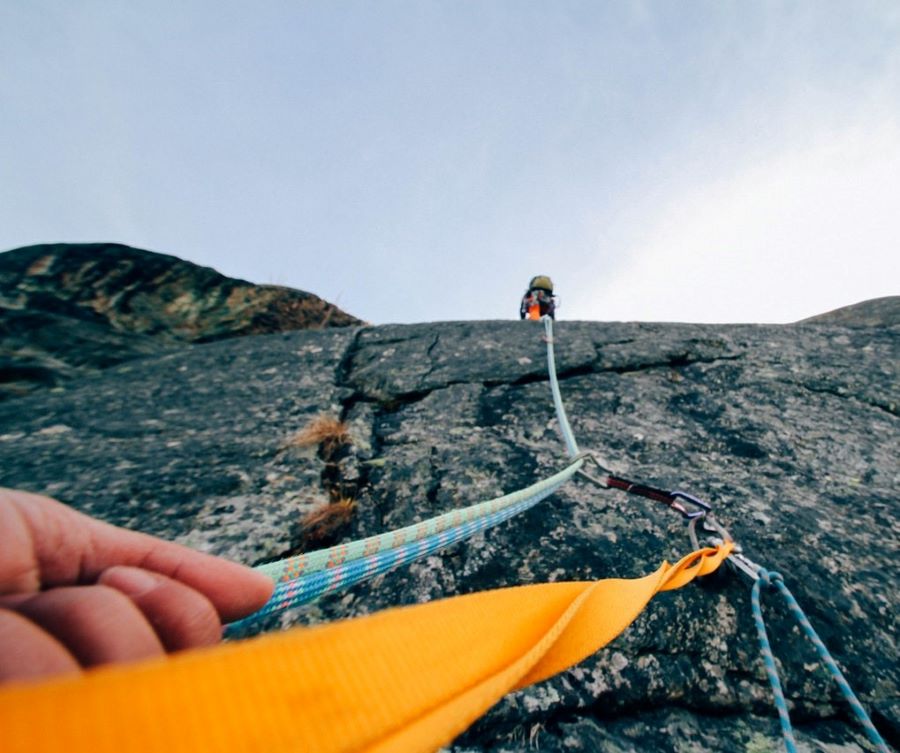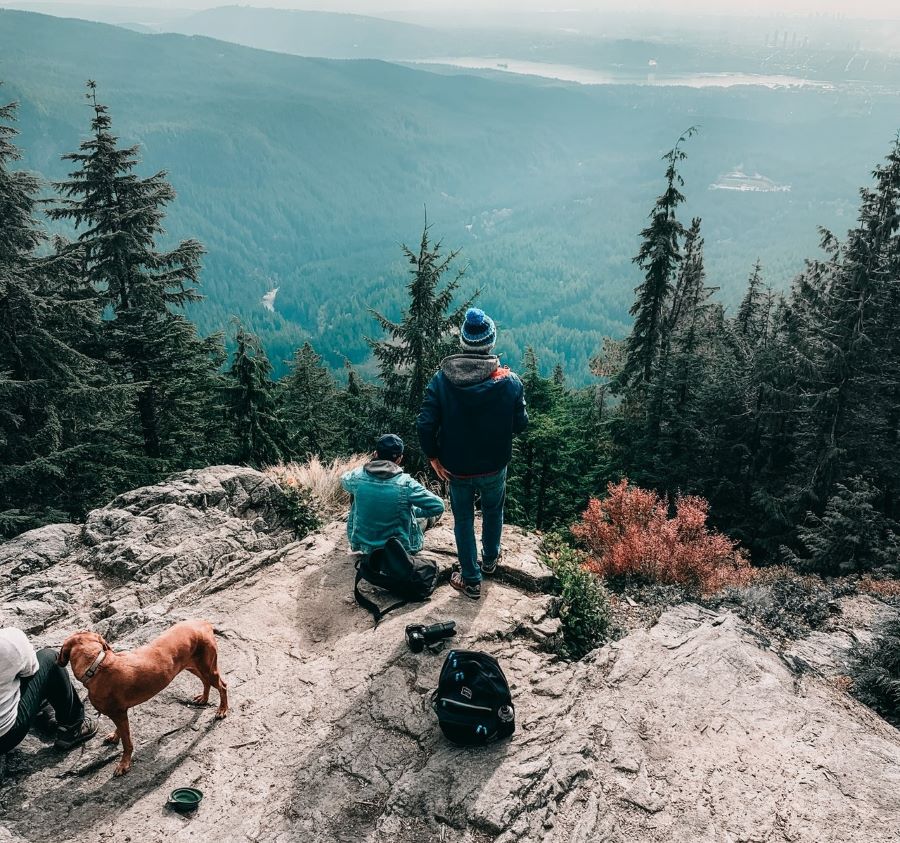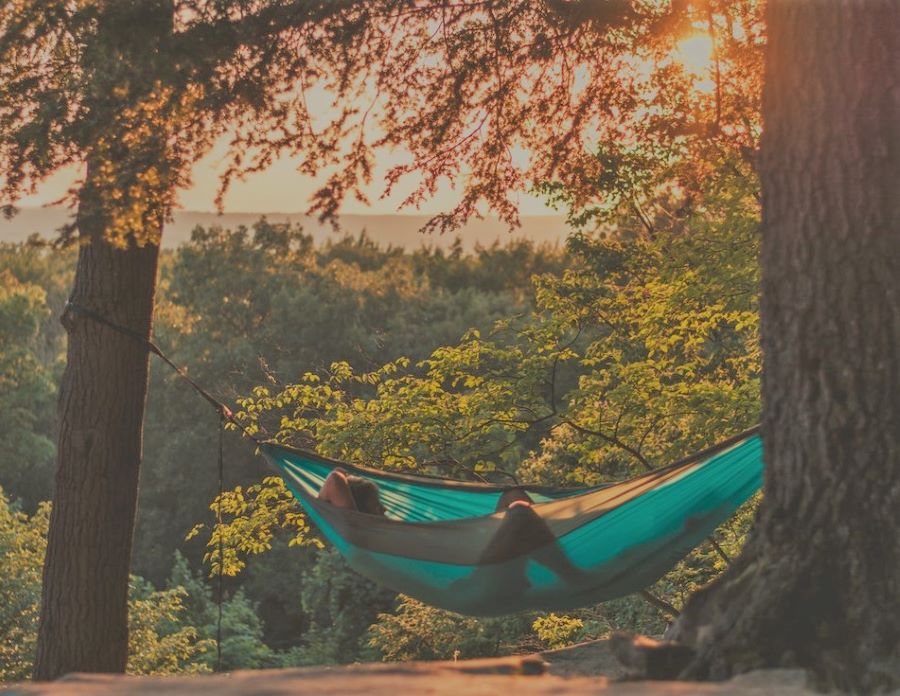Hammocking has become a new popular date idea, camping method, and hangout - literally. While previously hammocks were reserved for backyard relaxation, they’re much more an outdoorsy experience now. Here are the whys about hammocking becoming popular and how to do it.
The Whys
What is hammocking? It's a fun, outdoor, group or individual activity for you to relax and enjoy what's around you. It's more environmentally friendly than other activities, it is pretty budget-friendly, and it's even great for camping.
Environmentally friendly
When done correctly (which is surprisingly easy), hammocking is more environmentally friendly than many other forms of outdoor recreation, so it’s popular among “Leave No Trace” communities and campers. It doesn’t flatten or wear down areas of grass or forest, and it doesn’t require a lot of space. Again, if done correctly, it won’t even hurt the trees.
Most hammocks that you can find to buy are specifically made to be eco-friendly. Whether they’re made of recycled materials or are even hand-loomed, they’re made in a way to be sustainable and still suitable for wear and tear.
Hammocking can be done as a dare-devil activity, spanning between ropes high above cities. We can’t recommend this and it’s pretty unsafe, but that’s where the dare-devil aspect comes into play. We can recommend it for experienced rock climbers who’ve practiced rocky hammocking and need a place to rest when on cliff areas. Make sure you’re at least clipped into a safety line, though!

Budget-Friendly
The hammocks themselves are usually not too pricey if you’re just starting out, on amazon and walmart for less than thirty dollars and tree straps for about ten dollars. Setting up is free - you can set up simply in most locations where there are two trees, or even two poles or rocks, about ten feet apart. Some communities are also putting up hammocking areas in-city or “sling stations” where you can hang, but many local parks allow hammocking on their trees.
You may need to double check with your community that you’re allowed to hammock on trees in the area; some places had so many “hangers” that didn’t protect the trees that the community banned hammocking. In the Rexburg and Eastern Idaho area, we don’t have that problem.
However, in these situations or if you just want to keep your hammock out in the open, you can bring a hammock stand along with you to hold you up. These range in prices but will be completely worth it when you realize how comfortable hammocking can be.
Good for friend, dates
Hammocking isn’t usually a solitary activity. While you can hang out in your hammock and read a book or catch some z’s, many people gather together to hammock. Although you shouldn’t all wrap around the same tree, two people can share a hammock to hang out during the day, have a relaxing date, or camp together above the ground. A group of people can hammock near each other for a new type of hang out.
Camping

Hammocking is a much easier way to camp. Hanging up a hammock has less complexities than putting up a tent, and is usually more comfortable. When you’re not laying on rocky and uneven ground and you’re nestled into a pillowed cocoon, many people claim they sleep better than on a bed and have less problems with insomnia.
For those who have concerns about their back, if you lay diagonally on a hammock, it’s the same as lying flat as the tension stretches the hammock out for you. You can also have pillows in your hammock to cuddle up with or make you comfortable and warm. Hammocks recommend putting a pillow between your knees when you sleep in a hammock and are concerned about your back.
Staying warm in a hammock is easy. Depending on the material of the hammock, you may not need much coverage. On windier days and nights, having a windbreaker-type material as part of or underneath you on your hammock keeps you warm and dry. On colder nights, putting padding underneath you in your hammock will heat you right up. The more padding underneath you, the warmer you’ll be, just like camping on the ground. You’ll also want nice cozy blankets on top of you on cold nights or even just to have a sun cover or arm rest.
The Hows of Set-Up
Some hammocking tips you need to know: before you begin set up, or even going to the place you want to hammock, you should check with the local area to be sure hammocking is allowed. Not too much of a worry in Southeastern Idaho, but a good rule of thumb anywhere. Avoid watery areas, just for the risk of tree concerns and extra mosquitoes.
When you are setting up, make sure to pick a place that isn’t on a path, whether that be for animals or humans. Hammocking across a road is bad for everyone involved, and hammocking across a moose version of a road is just as concerning. Also, because you’re strapping in around a tree or rock, make sure that you’re not strapping across an animal nest or a loose or unsteady section, like a cracked branch or a loose pole. It’s good to set up during sunlight so that you can see enough to check out for these things.
Tree Straps

For the actual set-up, pick trees sturdy enough to hold your weight. Measure out the distance between the trees; then, break out your tree straps. Tree straps are the least permanent and most tree-safe weight holders. The longer they are, the more places are available to you to set up. Tree straps are basically thin but wide rope with loops at both ends. Whether the loops are metal or just the cloth folded back on itself depends on the brand.
With fabric loops, you simply wrap the strap around the tree and tuck one end through the fabric loop of the other, then connect your hammock around shoulder height. With metal loops, you’ll wrap the strap around the tree also shoulder height, then connect a tie to your hammock through both metal loops. Using the strap against the tree this way prevents the weight of the hanger from cutting into the tree. Either way, be sure that your strap is sitting at a slight angle pointed towards the ground. This makes it easier to hold the weight and the shape of your hammock.
Hammock Type is Important
There are many different types of hammocks in everything from material to size to shape. Some hammocks have a bar across both ends to keep the hammock flat out, and many just hang from point to point. Whichever way, the hammock should have a loop of metal or wood allowing you to clip or tie to your tree strap. If you are tying this, be sure to use secure knots!
Dos and Don'ts
When you hang your hammock, don’t stretch it perfectly straight. You’ll want it so that when you’re in the hammock, your bottom will be eighteen or more inches from the ground, which is about knee height.
To make sure that the trees aren’t damaged, don’t use the same tree for multiple hammocks, and use sturdier trees the more people who will be in the hammock. If you have a family-sized hammock with six people, for example, don’t use a six-inch tree pair. This can stress the little trees and cause tearing or cracking.
The current fad of stacking hammocks may be tempting, but this actually also stresses out trees. To bear so much weight all the way down can be harmful. This is also why we use thicker bands, to avoid stressing and cutting the tree.
Places
There are tons of places around Rexburg and in Southeastern Idaho to try out hammocking. One of the most popular locations is Porter Park, near the center of town with plenty of trees to choose from. The nature park is another favorite due to its amenities trees - but be sure not to park it on the frisbee golf course area. Eagle Park campground is also available, where you can rent a camping spot and camp it up with your hammocks. Other locations outside of Rexburg include: https://explorerexburg.com/places-to-hammock/
- Beaver Dick Park
- Warm Slough
- Monkey Rock
- The Idaho Falls falls
- Mesa Falls
- Packsaddle Lake
- Black Canyon
- Palisades Reservoir

You're Hammocking!
While hammocking, make sure to bring all the equipment you’ll need on your way and once your there, especially if you're camping. It can be good to have bug spray and sunscreen, as well as extra pillows, a cool drink, and a book. Enjoy!
